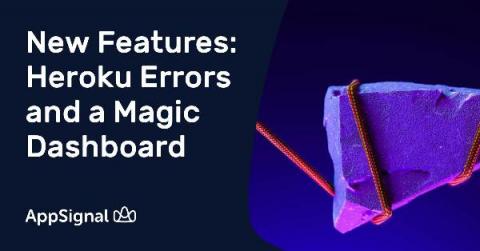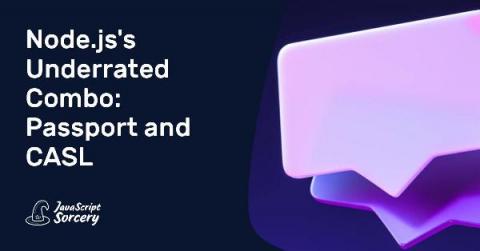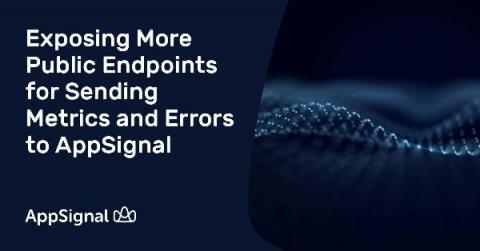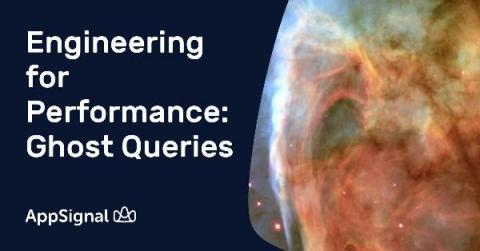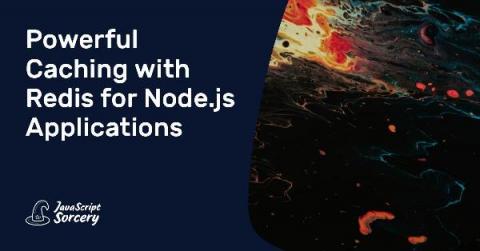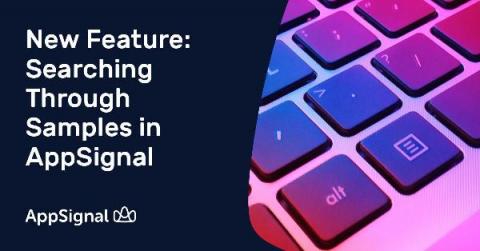New Features: Heroku Errors and a Magic Dashboard
We have been collecting Logplex data for our Heroku customers for a while now. With that data we create Magic Dashboards for Postgres and Redis integrations, and track Heroku Host Metrics. Starting today, we also extract error incidents from Heroku Logplex data and provide you with a magic dashboard for Heroku status codes.


